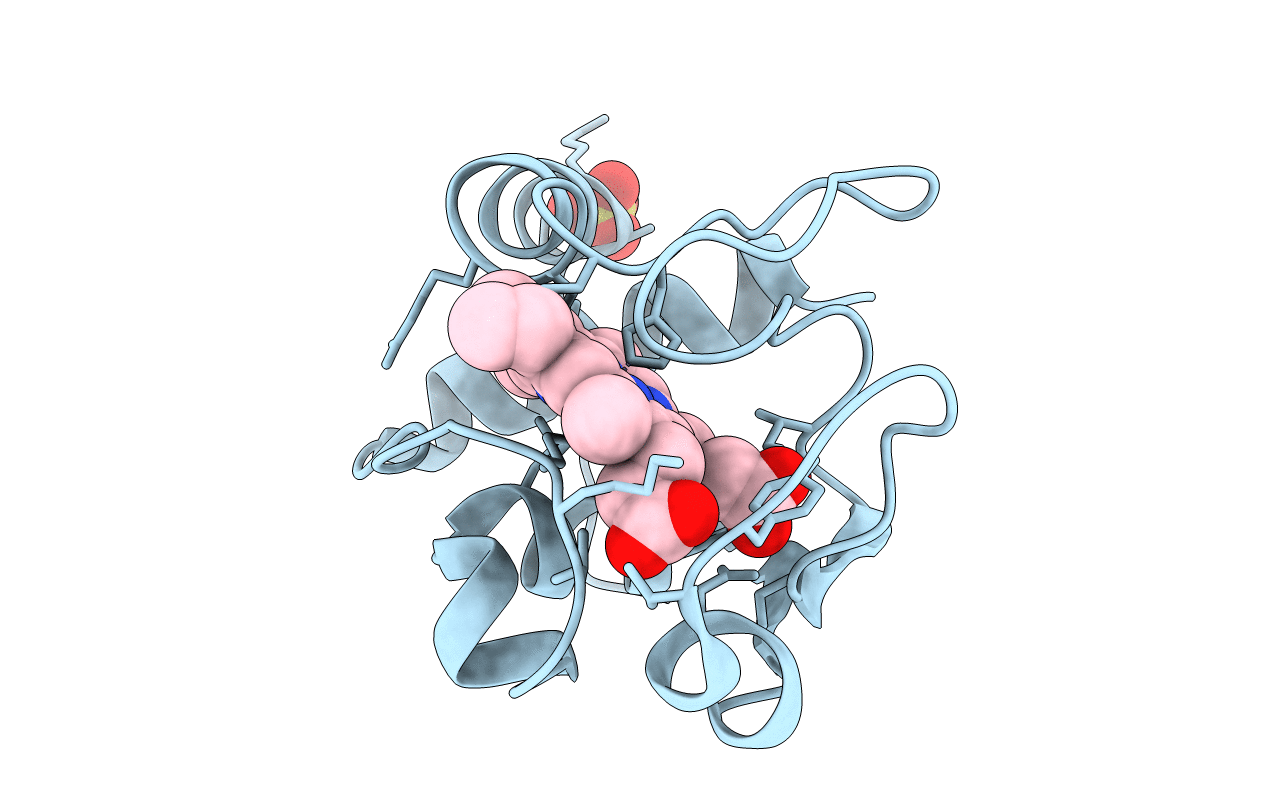
Deposition Date
1993-02-15
Release Date
1993-07-15
Last Version Date
2025-03-26
Entry Detail
PDB ID:
1CTY
Keywords:
Title:
MUTATION OF TYROSINE-67 IN CYTOCHROME C SIGNIFICANTLY ALTERS THE LOCAL HEME ENVIRONMENT
Biological Source:
Source Organism:
Saccharomyces cerevisiae (Taxon ID: 4932)
Method Details:
Experimental Method:
Resolution:
2.20 Å
R-Value Observed:
0.19
Space Group:
P 43 21 2


